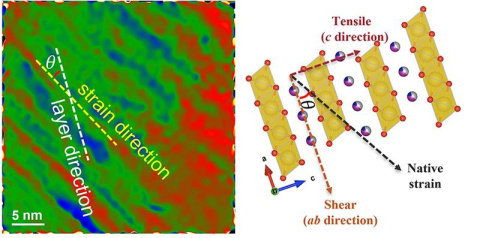
Understanding defects paves the way for longer lifetimes for sodium-ion batteries -- and lower energy storage costs.
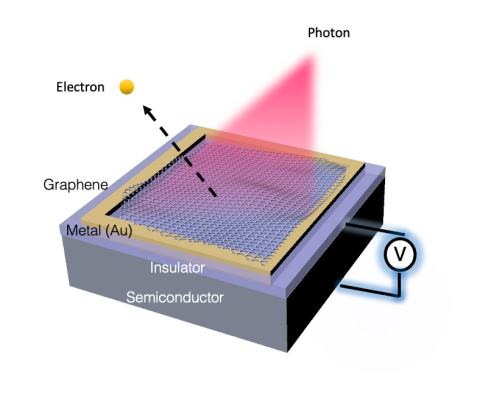
A graphene-insulator coating enables scientists to tune the energy required to liberate electrons from semiconductors.
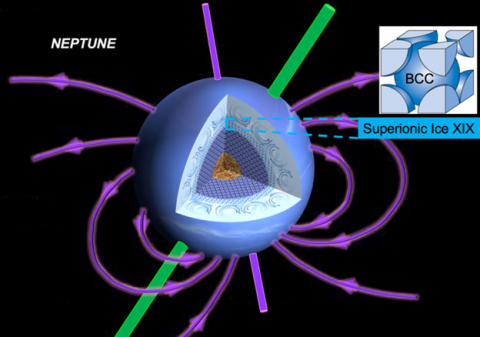
Ultrafast X-ray studies reveal the existence of Superionic Ice XIX, which could explain the unusual magnetic fields of icy giant planets.
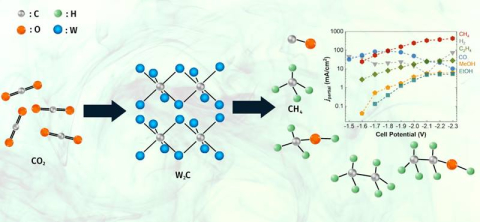
A tungsten carbide catalyst can produce a hydrocarbon from carbon dioxide at high rates and high efficiency.
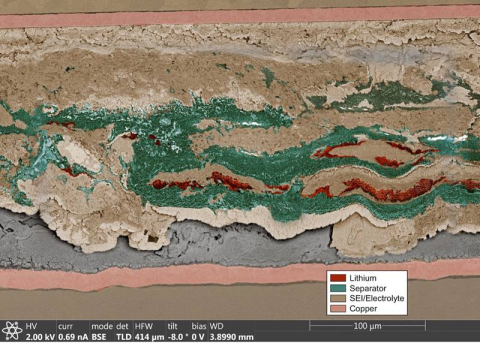
Scientists freeze and cut a battery in half to look inside and reveal why it fails.
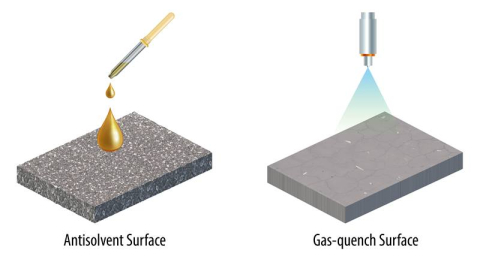
Researchers find a way to improve the stability of hybrid organic-inorganic crystals called mixed halide-perovskites, a promising material for solar cells.

Scientists illuminate the quantum dynamics of electrons in highly excited molecules.
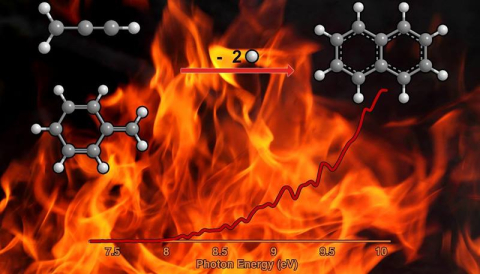
A molecule found in combustion on Earth and surrounding some stars can lead to the formation of an important organic hydrocarbon.
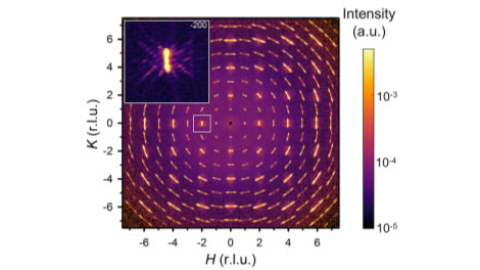
Scientists use a common engineering approach to enhance the superconductivity and induce ferroelectricity in the quantum material strontium titanate.
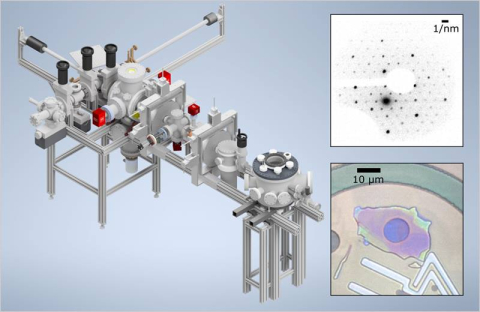
Bright electron beams unlock the study of small, thin materials on ultrafast timescales.

